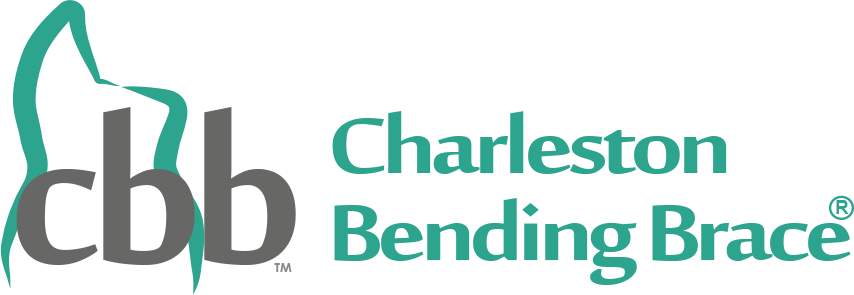A biomechanical study of the Charleston brace for the treatment of scoliosis.
Clin J, Aubin CE, Parent S, Labelle H
Department of Mechanical Engineering, Ecole Polytechnique de Montréal, Sainte-Justine University Hospital Center, Montréal, Québec, Canada.
Spine [2010, 35(19):E940-7]
Type:
Evaluation Studies, Journal Article, Research Support, Non-U.S. Gov’t
DOI:
10.1097/BRS.0b013e3181c5b5fa
Abstract
STUDY DESIGN:
A biomechanical study of the Charleston brace.
OBJECTIVE:
To model the nighttime Charleston brace treatment and study its biomechanical action.
SUMMARY OF BACKGROUND DATA:
The Charleston brace has been proposed as an alternative to the traditional daytime thoracolumbosacral orthosis for the treatment of moderate scoliotic deformities. It is worn at night and imposes a supine side-bending to reduce the major scoliotic curve. The biomechanics of the Charleston brace is still poorly understood.
METHODS:
The geometry of the spine, pelvis, rib cage, and of the external trunk surface of 2 scoliotic patients were acquired using a 3-dimensional multiview radiograph reconstruction technique and surface topography. A finite element model of each patient’s trunk was created. Two sets of mechanical properties (stiff and normal) of the spine were tested. For each case, the transition from standing to supine position was first simulated by modifying the direction of the gravity forces acting on the patients’ spine. Supine bending was simulated by applying a lateral displacement on the first thoracic vertebra. A custom-fit Charleston brace was modeled and positioned on the patient model. Tension was applied in the straps. Efficiency of the simulated Charleston braces was studied by computing geometrical corrections and effects on the internal stresses of the spine.
RESULTS:
The reduction of the major scoliotic curve varied between 58% and 97% and was in the range of published clinical data. Internal compressive stresses up to 1 MPa were generated on the convex side of the major scoliotic curve and tensile stresses up to 1 MPa on its concavity. In contrast, increased compressive stresses were exerted on the concavity of the secondary curves and added tensile stresses in their convexity.
CONCLUSION:
This study quantified the Charleston brace’s biomechanical effect, which consists in inverting the asymmetrical compressive loading in the major scoliotic curve. It also highlighted that the Charleston brace worsens the asymmetrical compressive loading in the compensatory curves. The finite element model developed could help studying different brace designs and optimizing brace efficiency.
